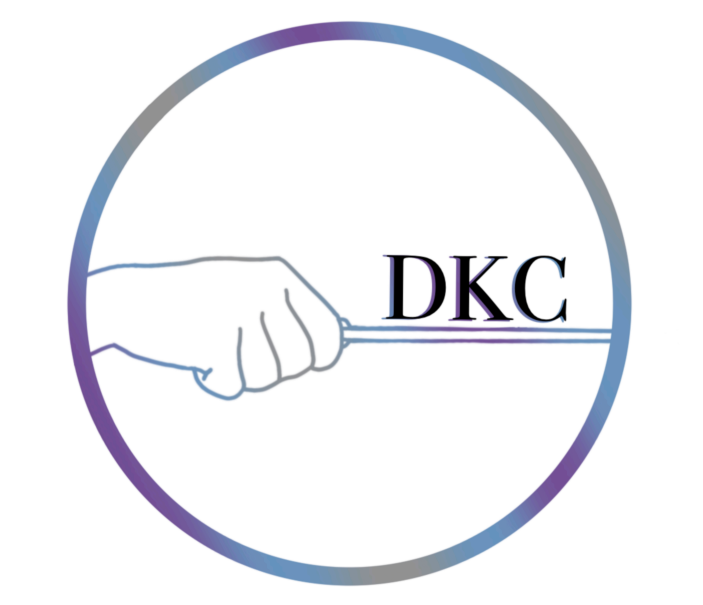Transcription Project - Post #2
Project Description
This semester, as part of my development as a musician, I have set myself the goal of transcribing and arranging Huáscar Barradas’ piece Pajarillo con Bulería for Flute and Percussion. Barradas is a Venezuelan Flutist and Composer with an extensive background of training in various styles. He has an enormous amount of recorded music in addition to his long career of live performances, whether it be with regional symphony orchestras or his band, Huascar Barradas y Maricaibo. Of his works, Pajarillo con Bulería has an incredible appeal to me in the way it bridges his expertise in Western Art Music and Venezuelan Folk Music, combining the music of the traditional dance called Pajarillo with virtuosic flute cadenzas that quote standards and techniques of Western flute literature. The work is a love letter to his home and an inside joke among flutists wrapped into one breathtaking piece of music. I hope to capture this passion at the culmination of this project when I perform my transcription at my own recital.
Listen to Pajarillo con Bulería
This Week - Getting Started
After committing last week to researching Barradas and exposing myself to more of his music, I dedicated this week to beginning my transcription. With the nature of this work, I felt that transcribing it on paper would be easier than utilizing notation software because it does not quite follow the strict rules of meter and rhythm to which software is often bound. As a result, my score has a look not unlike a graphic notation score, with meterless bars, figure outlines, and rhythmic ambiguity. This will serve to heighten the organic nature of the performance, as it will keep the improvisatory spirit of Barradas’ playing alive in my rendition.
Of note, however, is that this process is incredibly time consuming. Hand notation on its own is a great deal of work. Combining that with the development of various shorthand techniques for conveying his vision onto the page has eaten up a lot of time. My process consisted of stopping and starting the recording in small sections, sometimes even note by note, and playing back what I heard on my own flute. This would be followed by counting out a rhythm or experimenting with a figure in the determined mode before finally getting something onto the page. To check my work, I would play through what I had down and then play it once more with the recording to assure real-time note accuracy and rhythmic comprehension. The result, although a bit messy, is an effective tool to reproduce the tune.
The Process
The Product
Reflection and Plans for Next Week
In short, I am happy with the trajectory of this project. The work of transcription, while a bit tedious, is very fun and I am no less passionate about the piece. Next week, I will finish transcribing the flute part which will necessitate some sort of method for speeding up notation, whether it be further shorthand techniques on paper or a switch to notation software. This need comes from the simple fact that there are five minutes left in the recording and I only got two minutes down this week. I look forward to sharing this process in the coming weeks with a collaborative percussionist and starting down the path to bringing this to my recital audience.
